Alligators are fascinating creatures and a major attraction in Florida. This blog will guide you through nine excellent places for alligator spotting in Florida. You’ll learn the best practices for observing these impressive reptiles safely.
Each featured spot provides a unique opportunity to see alligators in their natural environments, showcasing diverse Florida alligator habitats. We’ll share essential tips to enhance your experience and ensure safety during your visits.
Additionally, we’ll provide practical advice on how to make the most of alligator tours in Florida, focusing on respectful and safe viewing. Understanding these tips will help you enjoy watching alligators while keeping a safe distance.
Join us as we explore the best locations across the state for a memorable encounter with Florida’s iconic alligators.
Understanding Alligator Behavior
Alligators are a fascinating part of Florida’s wildlife, often found in the state’s lakes, rivers, and swamps. These reptiles can grow very large, with some individuals exceeding 13 feet in length. Typically, alligators are most active during the cooler times of day, such as dawn and dusk, when they hunt and move around their habitats.
During the colder months, it’s common to see groups of alligators basking in the sun. Although they generally live solitary lives, they come together in these situations to share warmth. Despite their sluggish appearance, alligators can move surprisingly fast and are best observed from a safe distance.
Understanding their behavior is crucial for safe viewing. It helps visitors anticipate alligator actions and react appropriately. Remember, while observing these magnificent creatures can be thrilling, respecting their space is essential for the safety of both the alligators and the viewers.
Top 9 Spots for Alligator Watching in Florida
Let’s explore the best places in Florida to see alligators safely. We’ll take you from the vast Everglades to the peaceful Myakka River State Park, showing you where these amazing animals live. Each spot offers a unique chance to watch alligators in their natural homes.
Everglades National Park

Everglades National Park is a prime location for alligator watching, boasting extensive wetlands that provide the perfect habitat for these reptiles. As one of Florida’s most iconic wildlife reserves, it offers visitors the unique opportunity to see alligators roaming freely in their natural environment.
Tips for Spotting Alligators
- Visit during cooler parts of the day, such as early morning or late afternoon.
- Focus on areas near water edges where alligators often bask in the sun.
- Use binoculars to maintain a safe distance while observing.
Enjoying the Park Safely
- Always stay on designated paths and boardwalks for safety.
- Keep a considerable distance from any water bodies, as alligators can be nearby.
- Follow guidelines and instructions provided by park rangers to ensure your safety and the protection of wildlife.
Myakka River State Park
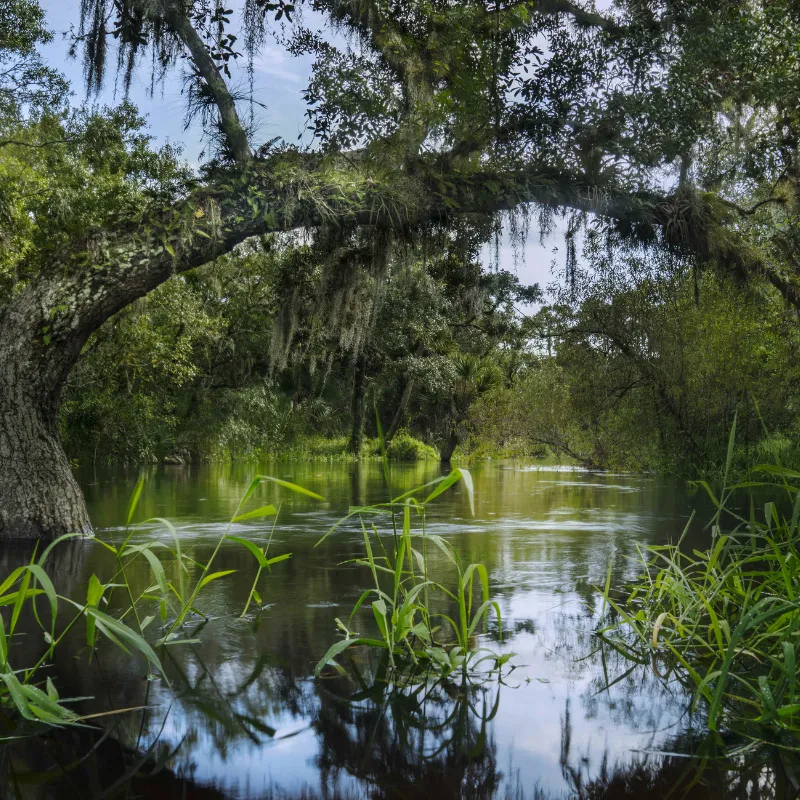
Myakka River State Park is another fantastic place for alligator watching. Known for its scenic landscapes and rich biodiversity, this park provides a natural sanctuary where alligators thrive. Visitors can enjoy close yet safe encounters with alligators, offering an authentic glimpse into the life of Florida’s famous reptiles.
Tips for Spotting Alligators
- Early morning or just before sunset are the best times to see alligators.
- Quietly walk along the riverbank to spot alligators in the water or resting nearby.
- Bring a good camera with a zoom lens to capture photos from a safe distance.
Respecting Alligator Habitats
- Do not feed the alligators, as it is dangerous and illegal.
- Keep pets on a leash and away from the water’s edge.
- Respect the natural environment by not littering or disturbing wildlife.
Ocala National Forest
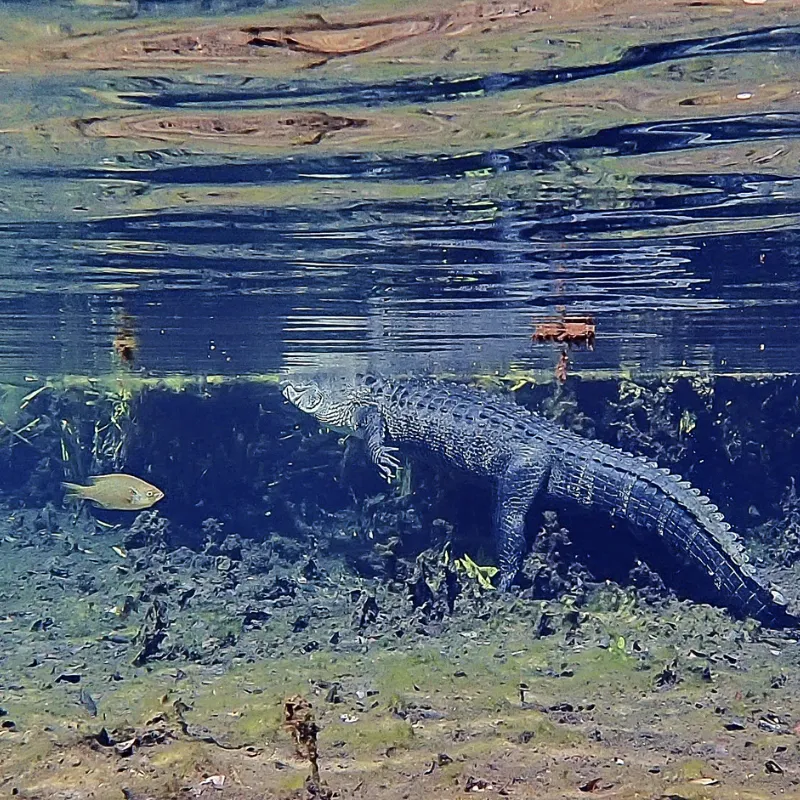
Ocala National Forest offers a distinctive experience for alligator enthusiasts, surrounded by a mix of pine forests, lakes, and rivers. This less frequented location allows for quiet observation of alligators in their natural habitat, making each visit uniquely peaceful and personal.
Tips for Spotting Alligators
- Scout areas around freshwater springs and marshes, popular alligator hangouts.
- Early mornings are ideal as alligators are more likely to be sunning themselves.
- Stay still and use binoculars to watch from a distance without disturbing them.
Enhancing Your Visit
- Bring a field guide to identify other wildlife you might encounter.
- Ensure your camera is ready without flash to capture natural behavior.
- Consider visiting with a guide to learn more about alligator ecology and conservation efforts.
St. Marks National Wildlife Refuge

St. Marks National Wildlife Refuge is renowned for its diverse ecosystems and serves as a haven for alligators. Stretching along the Gulf Coast, this refuge attracts wildlife enthusiasts eager to see alligators in a protected and natural setting, offering expansive marshes and waterways that are ideal for reptile habitats.
Tips for Spotting Alligators
- Visit the freshwater pools and marsh areas, common spots for alligator activity.
- Use quiet observation techniques to avoid startling the wildlife.
- Optimal viewing times are during warmer parts of the day when alligators are likely to be sunning themselves.
Creating a Memorable Experience
- Pack a picnic and enjoy the scenic views from designated areas.
- Take advantage of the observation towers for a better vantage point.
- Use the educational materials available at the visitor center to enhance your understanding of the local ecosystem and its inhabitants.
Lake Okeechobee

Lake Okeechobee, known as Florida’s inland sea, is a hotspot for alligator sightings. This large freshwater lake supports a rich ecosystem where alligators thrive. Visitors come to Lake Okeechobee for its panoramic views and the chance to observe alligators living freely in one of the state’s most iconic waterscapes.
Tips for Spotting Alligators
- Scan the shores from the safety of designated pathways and viewing platforms.
- Morning or late afternoon are ideal times for sightings as alligators are more active.
- Keep an eye on floating logs, as alligators often disguise themselves in this way.
Enjoying Lake Okeechobee Safely
- Follow all safety signs and keep clear of marshy areas where alligators are common.
- Use a guide or join a tour to learn more while increasing your chances of a safe sighting.
- Remember to bring sun protection and water, as the area can be very warm and sunny.
Merritt Island National Wildlife Refuge
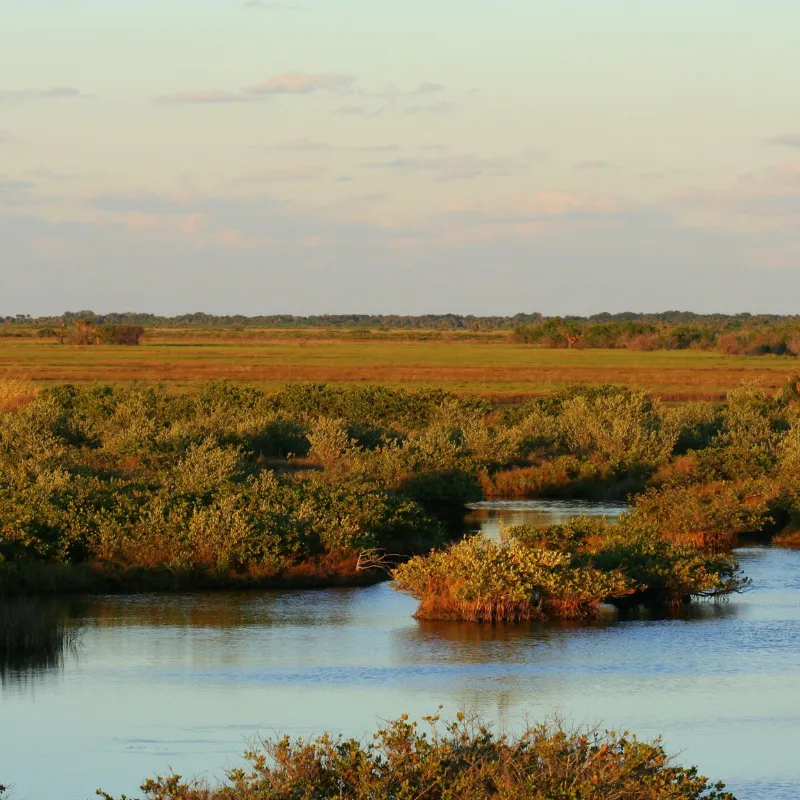
Merritt Island National Wildlife Refuge offers a serene setting for alligator watching, nestled between the Atlantic Ocean and the Indian River. This biodiverse area is not only a sanctuary for birds but also a thriving habitat for Florida alligators, providing ample opportunities for visitors to witness these reptiles in their natural surroundings.
Tips for Spotting Alligators
- Explore the refuge’s wetlands and canals where alligators are often seen.
- Early morning is best as alligators are active and visible.
- Look for alligators near bird rookeries; they are common in these areas.
Making the Most of Your Visit
- Attend a ranger-led tour to gain insights into alligator behavior and ecology.
- Bring a spotting scope or binoculars for better views without disturbing the wildlife.
- Check out the visitor center for maps and recent sighting information to help plan your excursion.
Big Cypress National Preserve
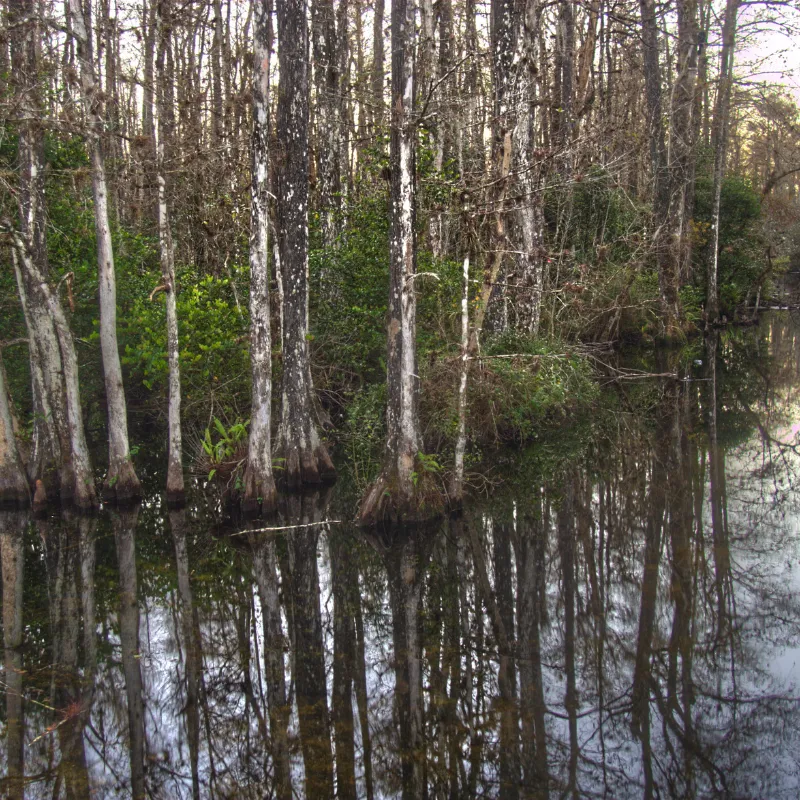
Big Cypress National Preserve is a haven for wildlife enthusiasts, especially those keen to spot alligators in their natural habitat. Spanning over 729,000 acres of wetlands in Florida, this preserve offers a unique blend of ecological diversity and serene landscapes. It’s a prime location for observing alligators and other fascinating wildlife.
Tips for Spotting Alligators
- Stay Patient: Alligators often stay still; patience is key to spotting them.
- Visit at Dawn or Dusk: Alligators are most active during cooler parts of the day.
- Look for Sunning Spots: Check banks and lake shores where alligators like to sunbathe.
- Use Binoculars: Keep a safe distance; binoculars can help you see alligators without getting too close.
Additional Activities
- Guided Tours: Join a ranger-led tour to learn about the preserve’s ecosystems and history.
- Photography Opportunities: With its diverse flora and fauna, Big Cypress is perfect for nature photography.
- Hiking Trails: Explore the trails to see a variety of habitats within the preserve.
- Bird Watching: The preserve is also a fantastic spot for bird watching, with numerous species to observe.
Loxahatchee National Wildlife Refuge

Loxahatchee National Wildlife Refuge is a sanctuary nestled in the northern part of the Everglades. Covering about 145,000 acres, it’s a vital freshwater marsh system that provides perfect conditions for alligator sightings. This refuge is an essential part of Florida’s ecosystem, offering visitors a glimpse into the vibrant life of a wetlands habitat.
Tips for Spotting Alligators
- Quiet Approach: Move quietly to increase your chances of seeing alligators up close.
- Water’s Edge: Focus on the water edges where alligators often rest or wait for prey.
- Early Morning: Visit early in the morning when alligators are more likely to be warming up in the sun.
- Safety First: Always keep a safe distance to ensure your safety and the safety of the animals.
Exploring Loxahatchee’s Diversity
- Canoeing and Kayaking: Paddle through the waterways to see alligators from a safe distance.
- Wildlife Photography: Capture stunning shots of alligators, birds, and the lush landscape.
- Nature Trails: Walk the nature trails to explore different parts of the refuge and spot various wildlife.
- Educational Programs: Participate in ranger-led programs to learn more about the refuge’s wildlife and conservation efforts.
Paynes Prairie Preserve State Park
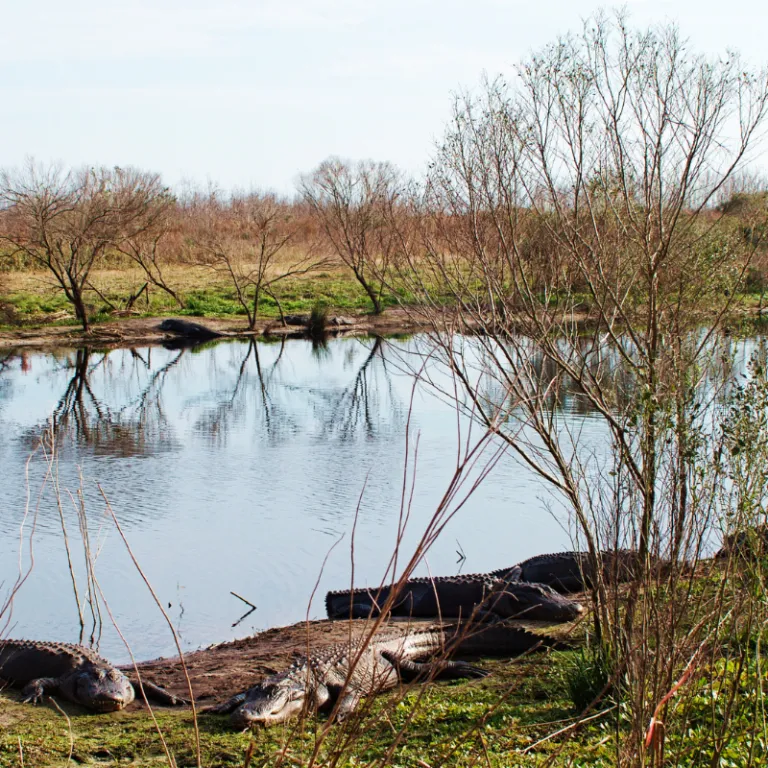
Paynes Prairie Preserve State Park is a unique Floridian landscape with expansive views and rich biodiversity. Known as Florida’s own savanna, this 22,000-acre park south of Gainesville is a hotspot for wildlife, including a substantial population of alligators. Its vast open spaces and watery basins make it an ideal spot for nature lovers and alligator enthusiasts.
Tips for Spotting Alligators
- Elevated Views: Use the observation tower to spot alligators from a safe, elevated distance.
- Still Waters: Look around lakes and marshy areas where alligators like to linger and hunt.
- Stay on Trails: While walking the designated trails, keep an eye on nearby waters for alligator activity.
- Avoid Feeding: Never feed the alligators; it’s dangerous and illegal, as it makes them associate humans with food.
Additional Activities
- Horseback Riding: Explore the park’s beauty on horseback with several trails available for riding.
- Biking Trails: Enjoy biking through diverse habitats and possibly spot wildlife along the way.
- Bird Watching: Bring your binoculars to observe a variety of bird species that call the prairie home.
- Seasonal Events: Participate in ranger-led walks and seasonal events to learn more about the park’s natural history and preservation.
Wrapping it Up
Paynes Prairie is your go-to for a wild adventure in Florida’s great outdoors. Whether you’re chilling on an observation tower, biking through trails, or just hanging out watching the local gators, there’s never a dull moment.
Grab your binoculars, pull on your hiking boots, and maybe saddle up; it’s not just about the alligators—there’s a whole world of wildlife waiting.
So, hit the prairie and experience one of Florida’s natural treasures. Don’t miss out on the fun!



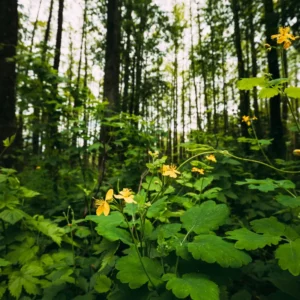

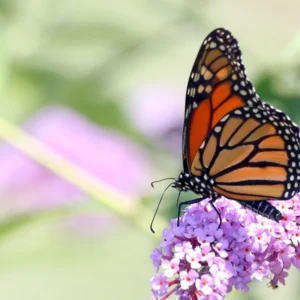
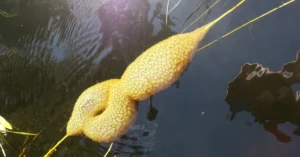
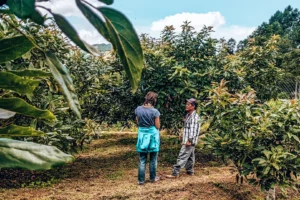
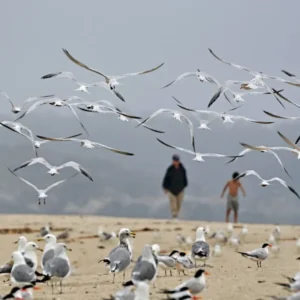
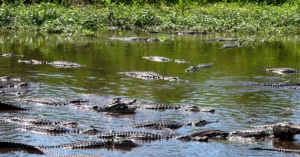
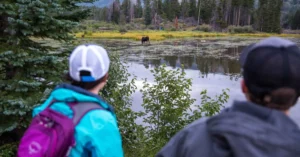
6 thoughts on “9 Spots For Alligator Watching In Florida And Tips For Safe Viewing”
been to everglades np last summer and wow the number of gators there is just amazing. its like they’re everywhere you look. made the trip super exciting. thinking of hitting myakka river next. anyone been there during the rainy season?
Myakka’s great during the rainy season! Lots of wildlife activity. Did you see any baby gators at Everglades?
So glad you enjoyed Everglades, Tom! Myakka is fantastic in rain, just be prepared for the mosquitoes!
Ever been to the Big Cypress? Heard it’s loaded with gators. How does it compare to Everglades in terms of wildlife diversity? Planning my next trip and gotta pick one. Oh, and great piece, Julia!
I’ve been there! Big Cypress feels more wild, and yea, lots of gators. But Everglades has those vast, epic landscapes.
Both are amazing in their own way. Can’t go wrong with either. Go for both if time allows!